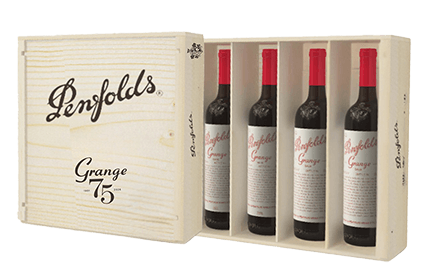Contrary to European vineyards, Australia has not been an age-old wine-producing country. Vine cultivation began when the first British settlers set foot on this large island in Oceania in 1788. They brought with them vine cuttings which they later planted in the Sydney area. However, this area was not very favourable to vine growing at the time and was not really conducive to its prosperity.
Fortunately, other Australian wine regions proved ideal for establishing vineyards and producing quality Australian wines. In the late 19th century, Australian vineyards were wiped out by phylloxera but then successfully rose from the ashes.
Today, Australian wine has established itself as a beverage of choice in the hearts of the island's inhabitants, but also internationally, thanks to the finest Australian references such as Penfolds, Two Hands and Clarendon Hills.
Australian wines come from no less than 60 different wine regions spread from the West to the East, mainly in the south of the continent. They all have in common that they are located near four major Australian cities: Perth, Adelaide, Melbourne and Sydney.
For the cultivation of Sauvignon Blanc, the preferred regions are the Hunter Valley, the Clare Valley and Margaret River. The latter is located close to the sea, which offers fine wines that boast a beautiful minerality.
McLaren Vale and the Barossa Valley are ideal for working with the iconic native Shiraz varietal. Located in the Adelaide region, these two vineyards are home to a large area of vines.
Lastly, to bring out the best of the Pinot Noir and Chardonnay grapes, nothing beats the Swan Valley, Mornington Peninsula and the Yarra Valley.
The great diversity of the different regions, each of which is unique in its geology and climate, offers a very interesting mosaic of terroirs. Thanks to this, Australian wines mirror the lands that saw their birth and thus tell the story of a multi-faceted island continent.



